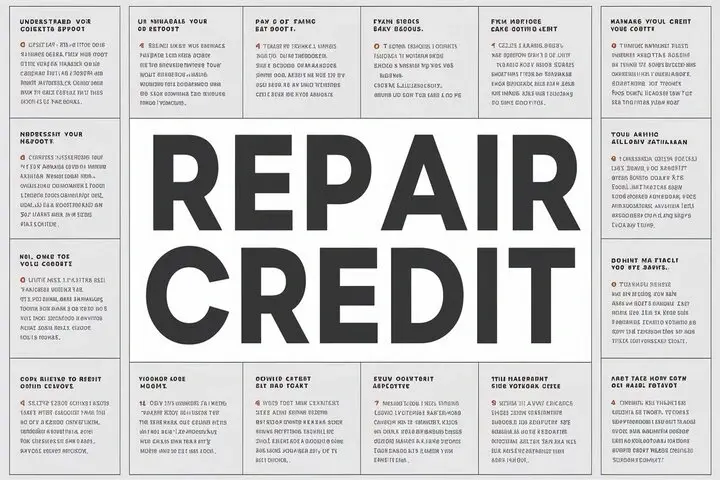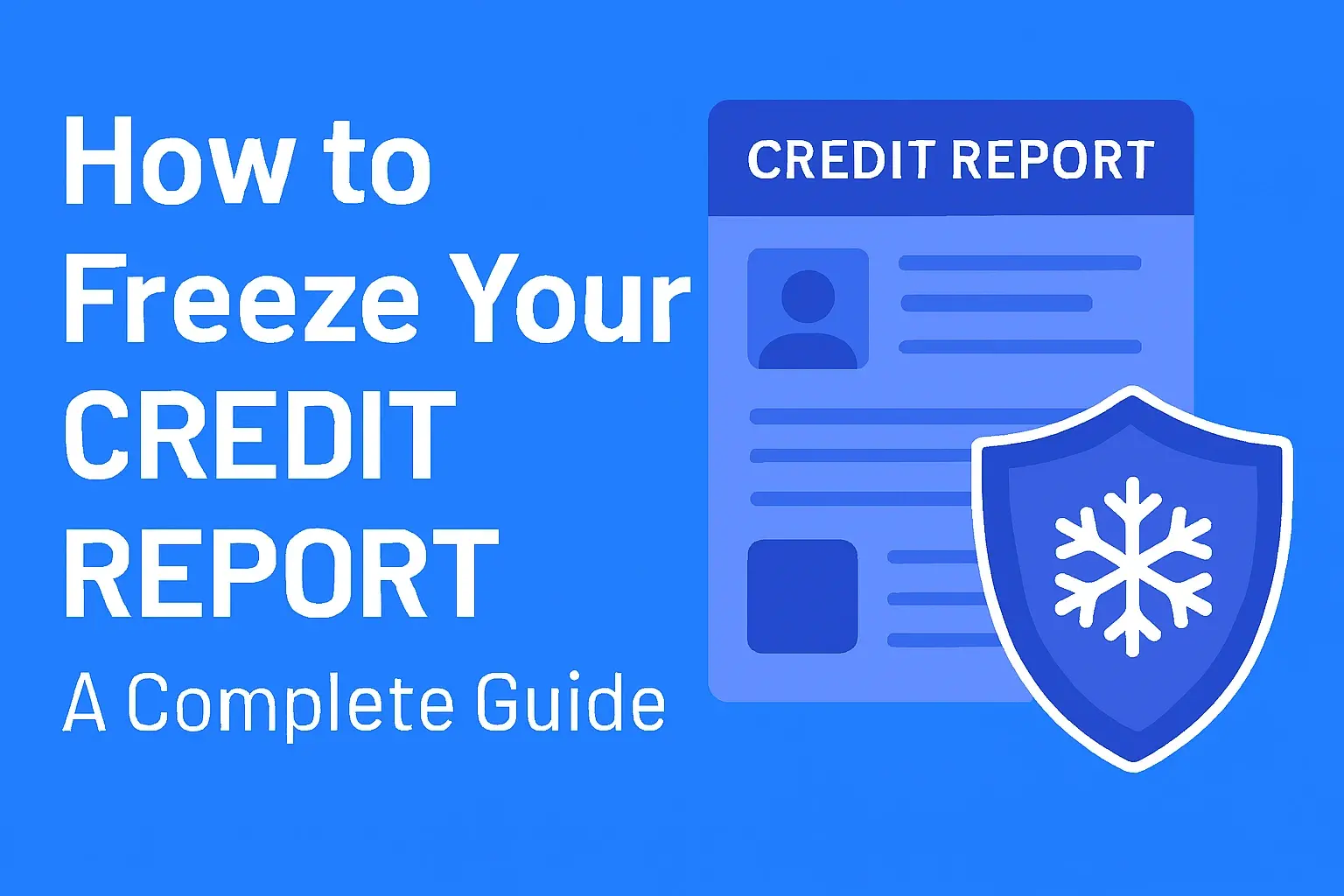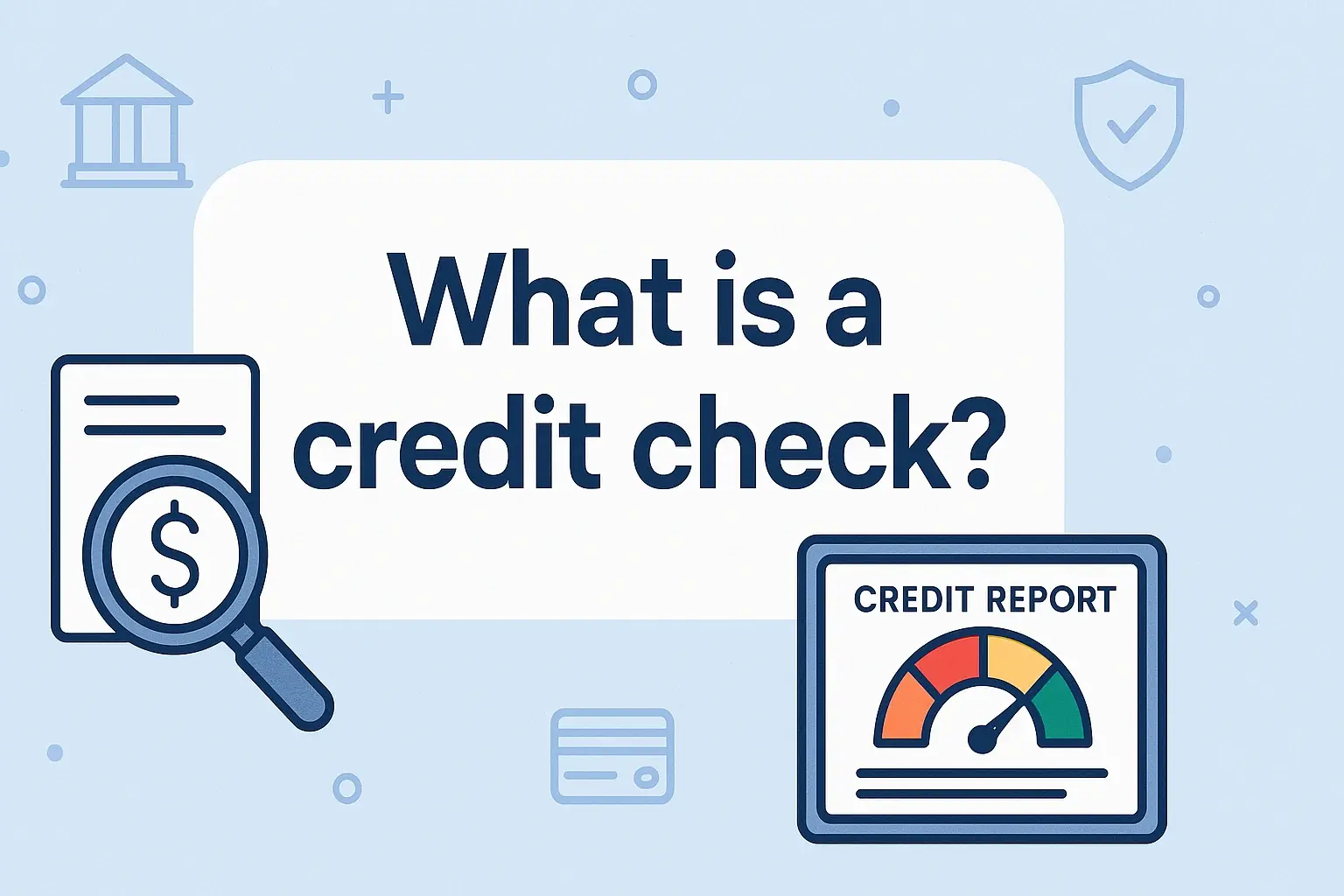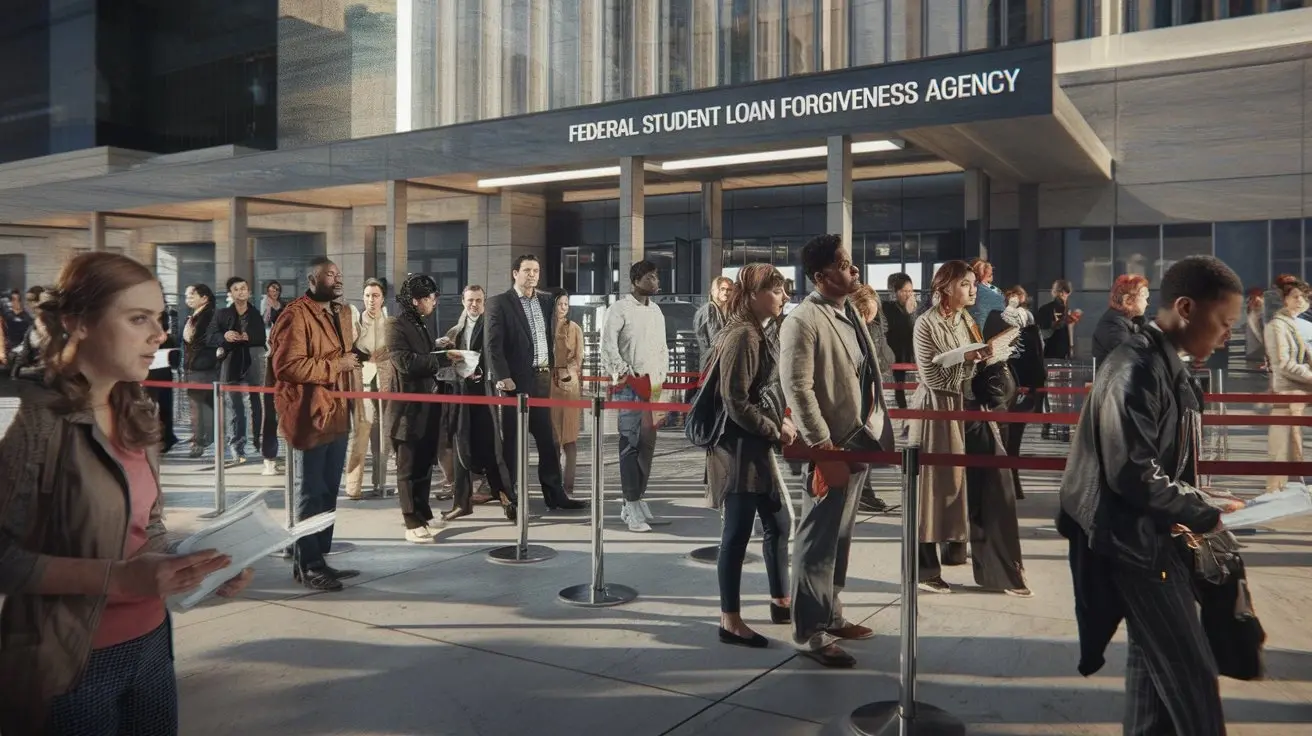-
Posted on: 01 Aug 2024

-
A good credit score is crucial for various aspects of life, from securing loans and mortgages to renting an apartment and even getting a job. Unfortunately, errors on credit reports, past financial mistakes, and identity theft can negatively impact your credit score. While credit repair companies offer services to help improve your credit, you can absolutely repair your credit yourself. This comprehensive guide provides a step-by-step process for DIY credit repair, empowering you to take control of your financial health.
Step 1: Understanding Your Credit and Why It Matters
Before diving into the process of credit repair, it’s essential to understand what credit is, how it works, and why it’s so important.
What is Credit?
Credit is essentially a lender's trust in your ability to repay borrowed money. Your credit history and score reflect how you've managed credit in the past, influencing whether lenders will approve you for loans, credit cards, and other forms of credit.
Why is Good Credit Important?
A good credit score unlocks numerous benefits:
- Lower Interest Rates: Access to lower interest rates on loans and credit cards, saving you significant money over time.
- Loan Approval: Increased chances of being approved for loans, mortgages, and credit cards.
- Better Insurance Rates: Some insurance companies use credit scores to determine premiums.
- Rental Opportunities: Landlords often check credit scores when evaluating rental applications.
- Employment Opportunities: Some employers review credit reports as part of the hiring process.
Step 2: Obtain Your Credit Reports from All Three Major Bureaus
The first crucial step in DIY credit repair is obtaining copies of your credit reports from all three major credit bureaus: Equifax, Experian, and TransUnion. Each bureau may have different information, so it's vital to review all three.
How to Get Your Credit Reports:
- AnnualCreditReport.com: The only official website authorized to provide free credit reports. You are entitled to one free report from each bureau every 12 months.
- Directly from the Bureaus: You can also request reports directly from Equifax, Experian, and TransUnion websites.
Reviewing Your Credit Reports:
Once you receive your credit reports, carefully review them for any errors, inaccuracies, or outdated information. Pay close attention to the following:
- Personal Information: Verify your name, address, Social Security number, and date of birth are accurate.
- Account Information: Check for incorrect account numbers, payment histories, and credit limits.
- Negative Items: Look for late payments, collections accounts, charge-offs, bankruptcies, and judgments.
- Duplicate Accounts: Ensure you don't have any duplicate accounts listed.
Step 3: Identify Errors and Inaccuracies
This is arguably the most important step in credit repair. Carefully examine your credit reports and identify any items that are inaccurate, incomplete, unverifiable, or outdated.
Common Credit Report Errors:
- Incorrect Account Balances: Balances that are higher than they actually are.
- Late Payment Reporting Errors: Payments marked as late when they were made on time.
- Accounts Not Belonging to You: Accounts resulting from identity theft or mistaken identity.
- Duplicate Accounts: Multiple listings of the same account.
- Outdated Information: Negative information that should have been removed according to credit reporting laws (typically 7 years for most negative items, 10 years for bankruptcies).
- Incorrect Personal Information: Misspelled name, incorrect address, or wrong Social Security number.
Step 4: Dispute Errors with the Credit Bureaus
Once you've identified errors, you need to dispute them with the credit bureaus that are reporting the inaccurate information. This is a formal process that requires you to send a written dispute letter.
Writing a Dispute Letter:
A well-written dispute letter is crucial for a successful dispute. Include the following information:
- Your Full Name and Address: Ensure the bureau can properly identify you.
- Social Security Number and Date of Birth: For verification purposes.
- A Copy of Your Credit Report: Highlight the specific errors you are disputing.
- A Clear Explanation of the Error: Explain why you believe the information is inaccurate, incomplete, or unverifiable. Be specific and provide any supporting documentation you have (e.g., payment records, account statements).
- The Account Number: Identify the specific account you are disputing.
- Your Desired Outcome: State clearly what you want the bureau to do (e.g., delete the account, correct the payment history).
- A Request for Investigation: Ask the bureau to investigate the disputed information.
- Your Signature: An original signature is required.
- Date: The date you are sending the letter.
Sending the Dispute Letter:
Send your dispute letter to the credit bureau via certified mail with return receipt requested. This provides proof that the bureau received your letter.
Credit Bureau Response:
The credit bureaus have 30 days (or 45 days in some cases) to investigate your dispute. They will contact the creditor or data furnisher that reported the information to verify its accuracy. The bureau must provide you with the results of their investigation in writing.
- If the Bureau Agrees with Your Dispute: The inaccurate information will be corrected or deleted from your credit report.
- If the Bureau Disagrees with Your Dispute: The information will remain on your credit report. You have the right to add a 100-word statement to your credit report explaining your side of the story. You can also appeal the bureau's decision by providing additional evidence.
Step 5: Dispute Errors with the Creditor or Data Furnisher
In addition to disputing errors with the credit bureaus, you can also dispute them directly with the creditor or data furnisher that reported the information. This can sometimes lead to a faster resolution.
Writing a Dispute Letter to the Creditor:
The process for writing a dispute letter to a creditor is similar to writing one to a credit bureau. Include the same information: your personal details, account number, a clear explanation of the error, and any supporting documentation.
Sending the Dispute Letter to the Creditor:
Send your dispute letter to the creditor via certified mail with return receipt requested.
Creditor Response:
The creditor is required to investigate your dispute. If they find that the information is inaccurate, they must notify the credit bureaus and correct the error.
Step 6: Follow Up and Be Persistent
Credit repair is often a process that requires patience and persistence. Don't give up if your initial disputes are unsuccessful. Follow up with the credit bureaus and creditors regularly to check on the status of your disputes.
Tips for Following Up:
- Keep Records: Maintain copies of all dispute letters, credit reports, and correspondence with the credit bureaus and creditors.
- Track Deadlines: Keep track of the deadlines for the credit bureaus to respond to your disputes.
- Contact the Bureaus: If you haven't received a response within the required timeframe, contact the bureau to inquire about the status of your dispute.
- Escalate if Necessary: If you are not satisfied with the bureau's response, consider filing a complaint with the Consumer Financial Protection Bureau (CFPB).
Step 7: Building Positive Credit
Disputing errors is only one part of credit repair. It's equally important to build positive credit habits to improve your credit score.
Strategies for Building Positive Credit:
- Pay Your Bills on Time: Payment history is the most important factor in your credit score. Make all your payments on time, every time.
- Keep Credit Card Balances Low: Aim to keep your credit utilization ratio (the amount of credit you're using compared to your total available credit) below 30%. Ideally, keep it below 10%.
- Become an Authorized User: Ask a family member or friend with good credit to add you as an authorized user on their credit card. This can help you build credit without having to open your own account.
- Apply for a Secured Credit Card: A secured credit card requires you to make a security deposit, which serves as your credit limit. Use the card responsibly and make your payments on time to build credit.
- Consider a Credit Builder Loan: These loans are specifically designed to help people build credit. You make regular payments over a set period of time, and the lender reports your payments to the credit bureaus.
Step 8: Maintaining Good Credit Habits
Building good credit is an ongoing process. Once you've improved your credit score, it's essential to maintain good credit habits to keep it that way.
Tips for Maintaining Good Credit:
- Monitor Your Credit Reports Regularly: Check your credit reports at least once a year to identify any new errors or inaccuracies.
- Set Up Payment Reminders: Use payment reminders to ensure you never miss a bill.
- Avoid Overspending: Stick to a budget and avoid accumulating unnecessary debt.
- Be Cautious of Credit Offers: Be wary of credit offers that seem too good to be true.
- Protect Your Identity: Take steps to protect your personal information and prevent identity theft.
When to Consider Professional Help
While DIY credit repair is possible, there are situations where seeking professional help from a reputable credit repair company may be beneficial:
- Overwhelmed by the Process: If you find the process of disputing errors and building credit overwhelming, a credit repair company can handle the work for you.
- Complex Credit Issues: If you have complex credit issues, such as identity theft or multiple accounts in collections, a credit repair company may have the expertise to navigate the process more effectively.
- Limited Time: If you don't have the time to dedicate to DIY credit repair, a credit repair company can handle the tasks for you.
Important Note: Be wary of credit repair companies that make unrealistic promises or charge upfront fees before providing any services. Legitimate credit repair companies will typically charge fees after they have provided services.











